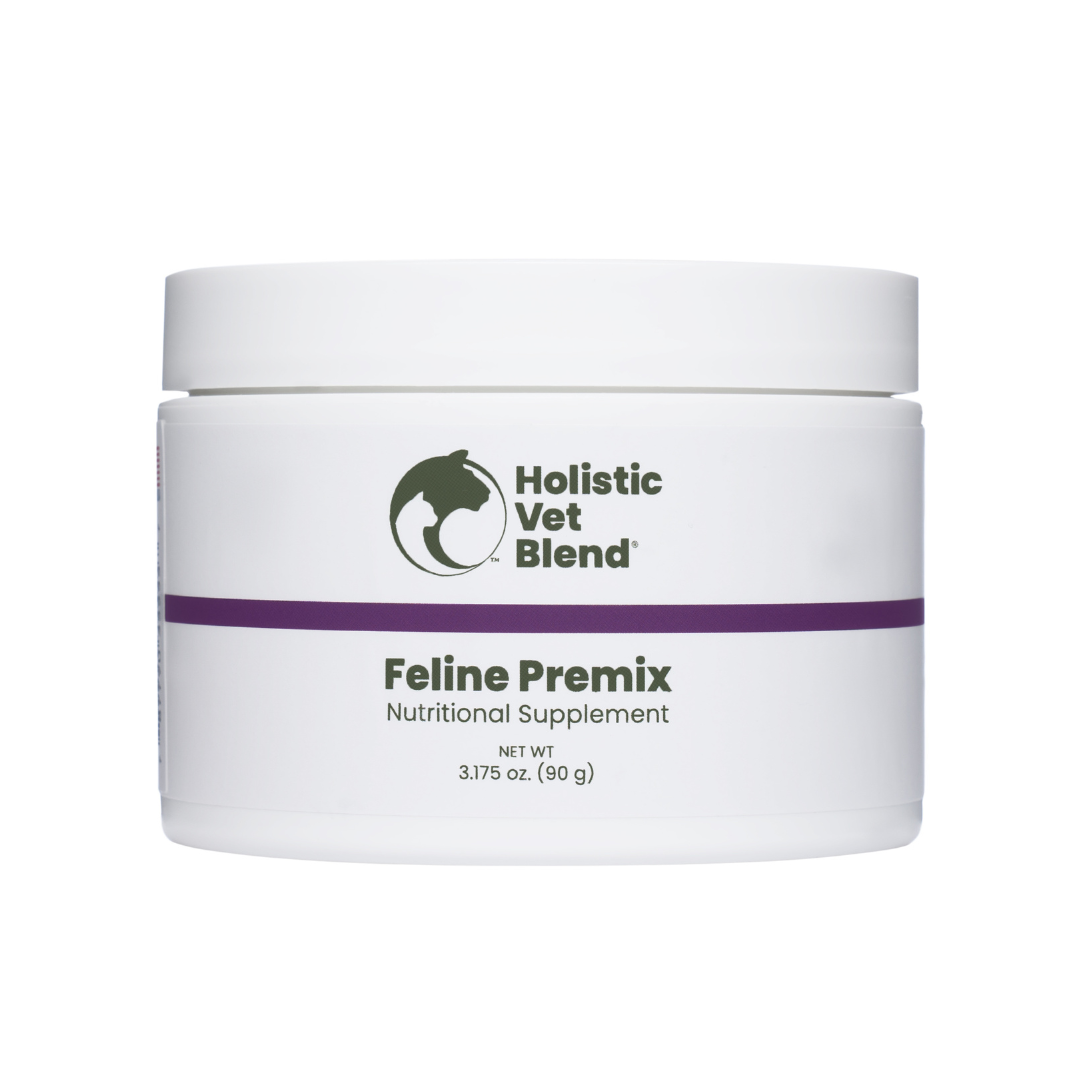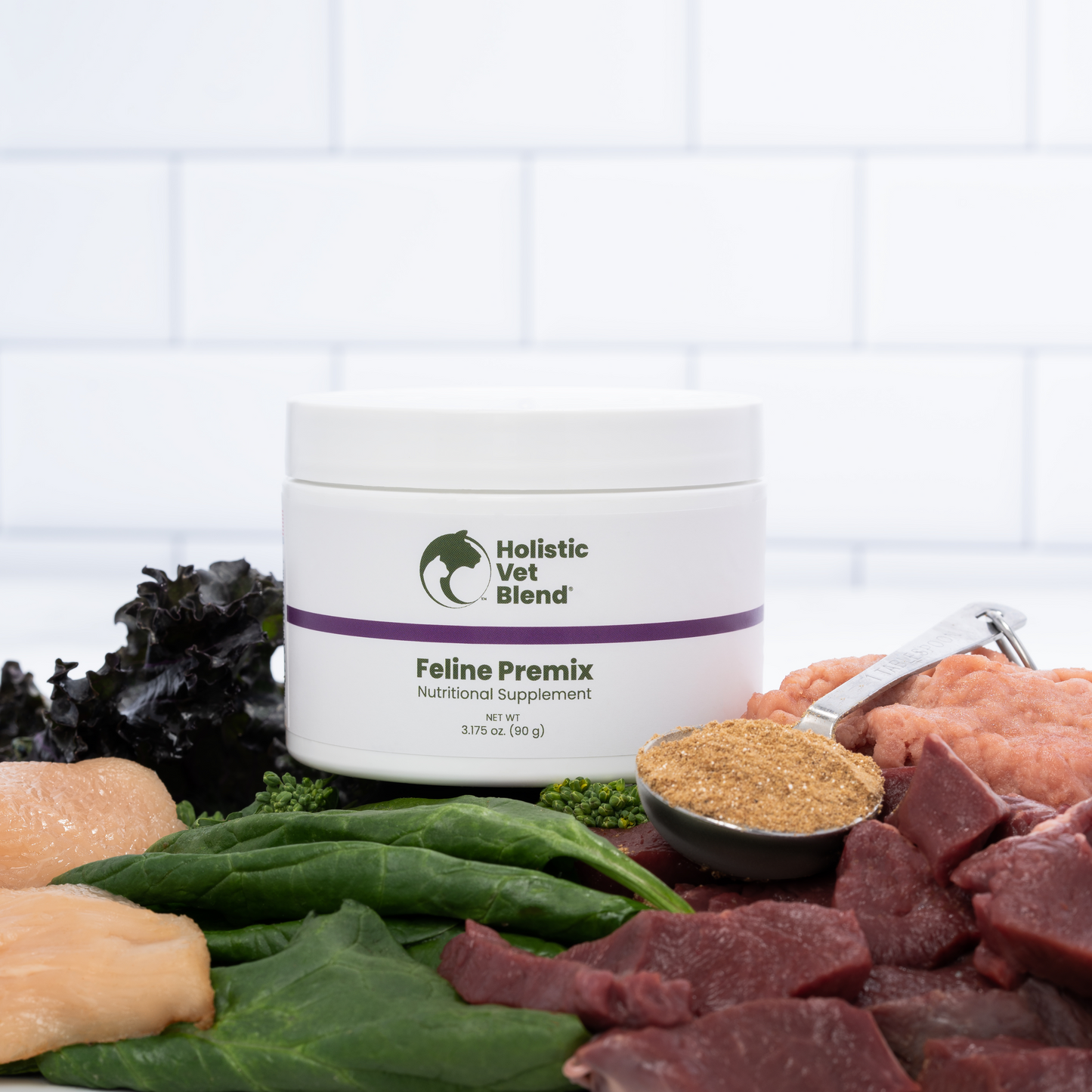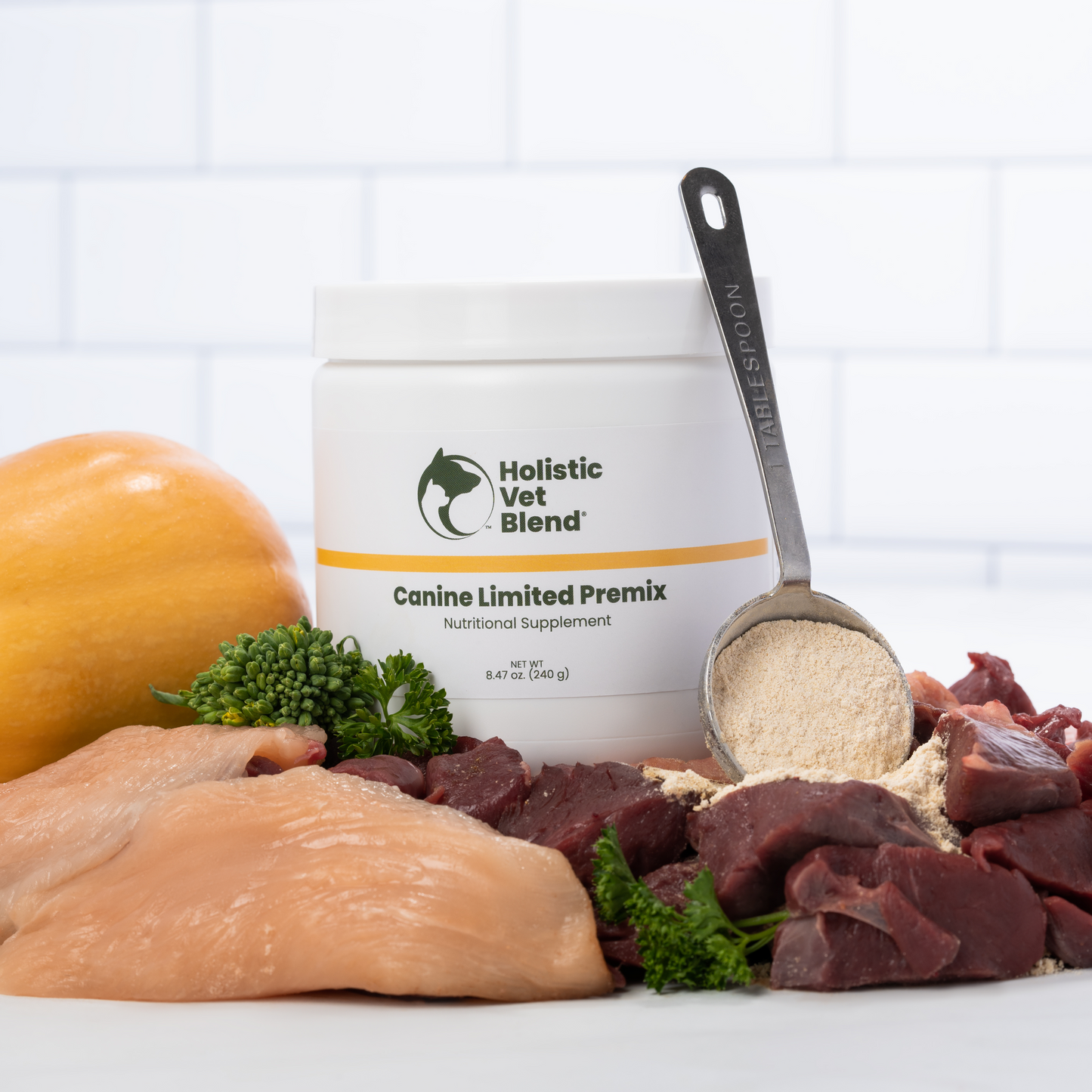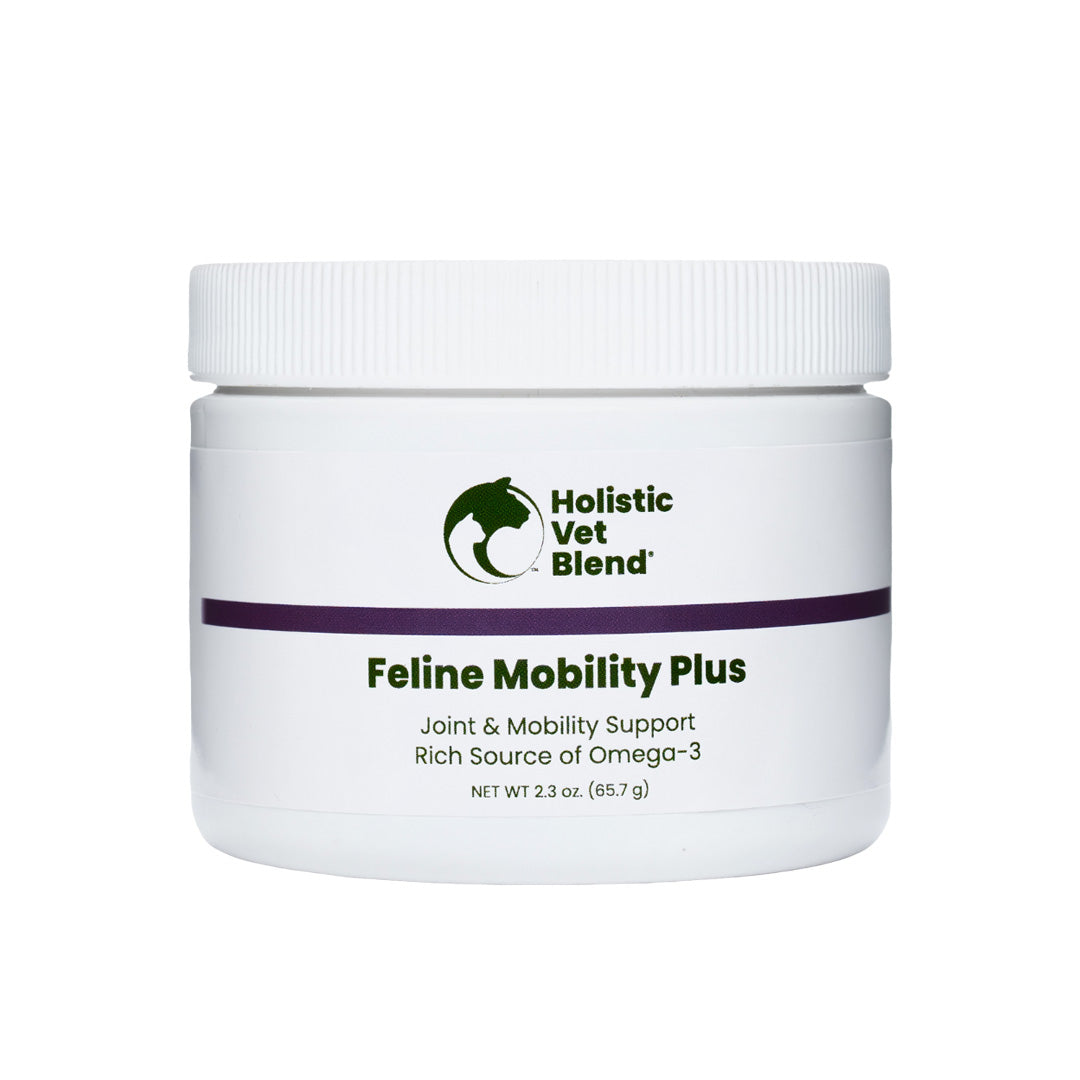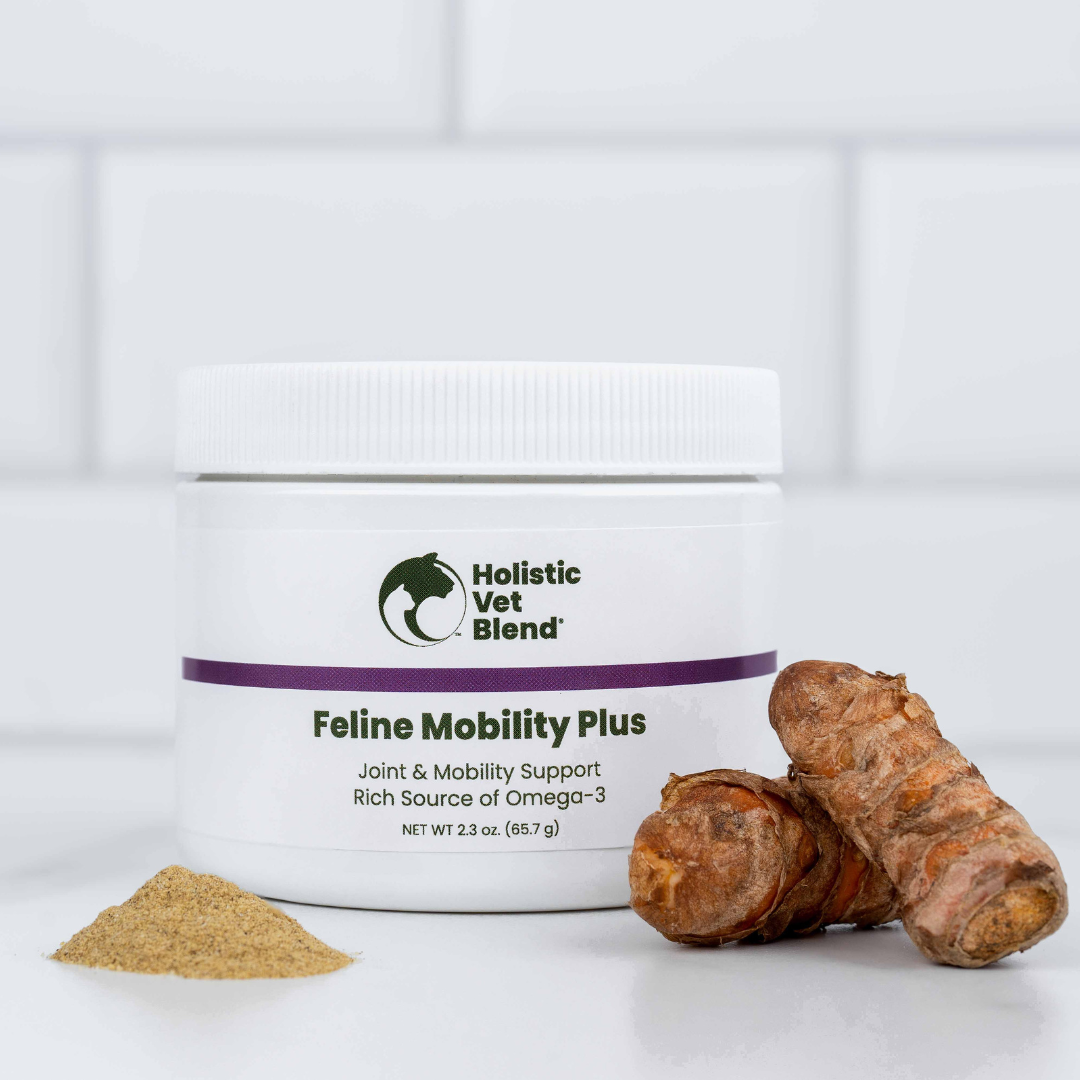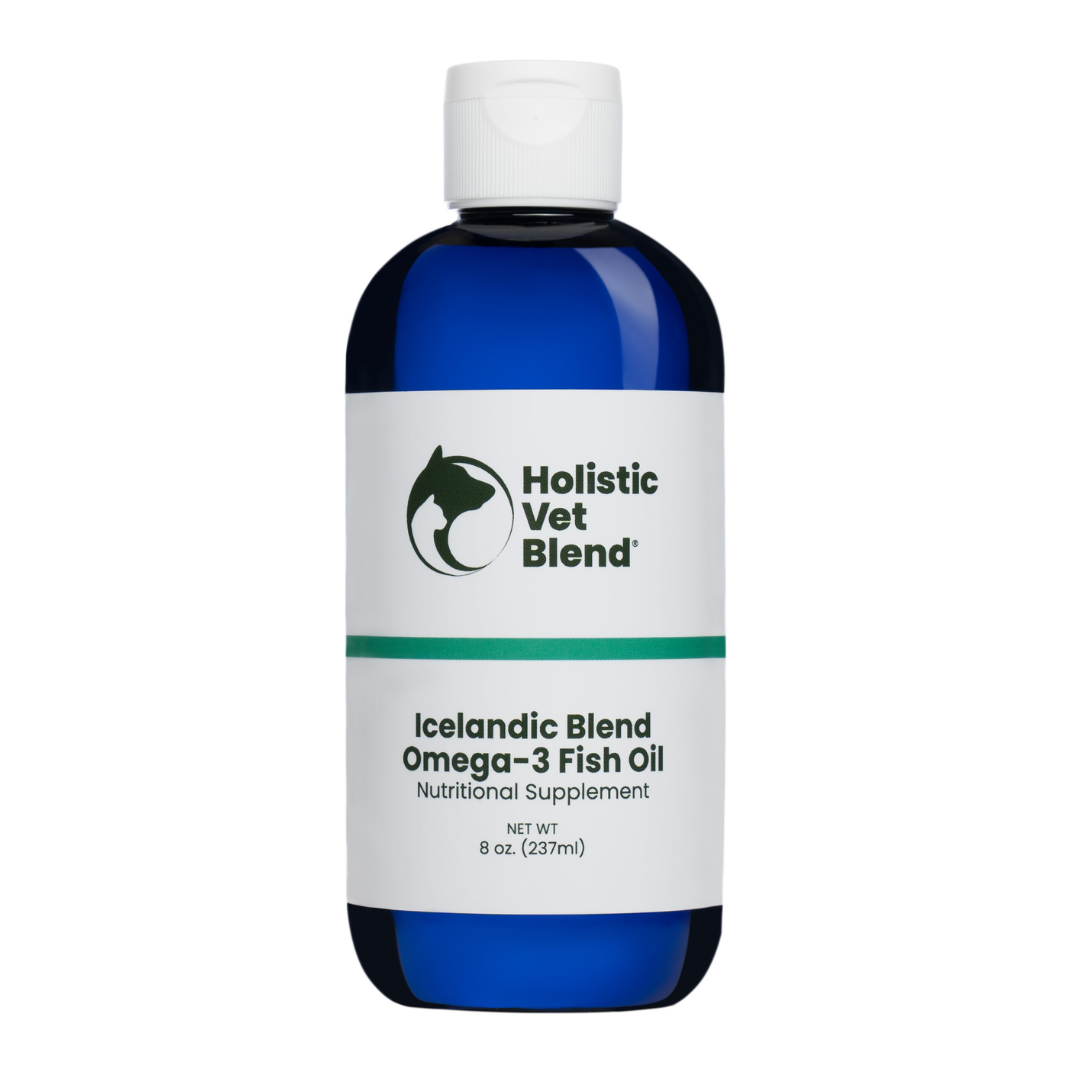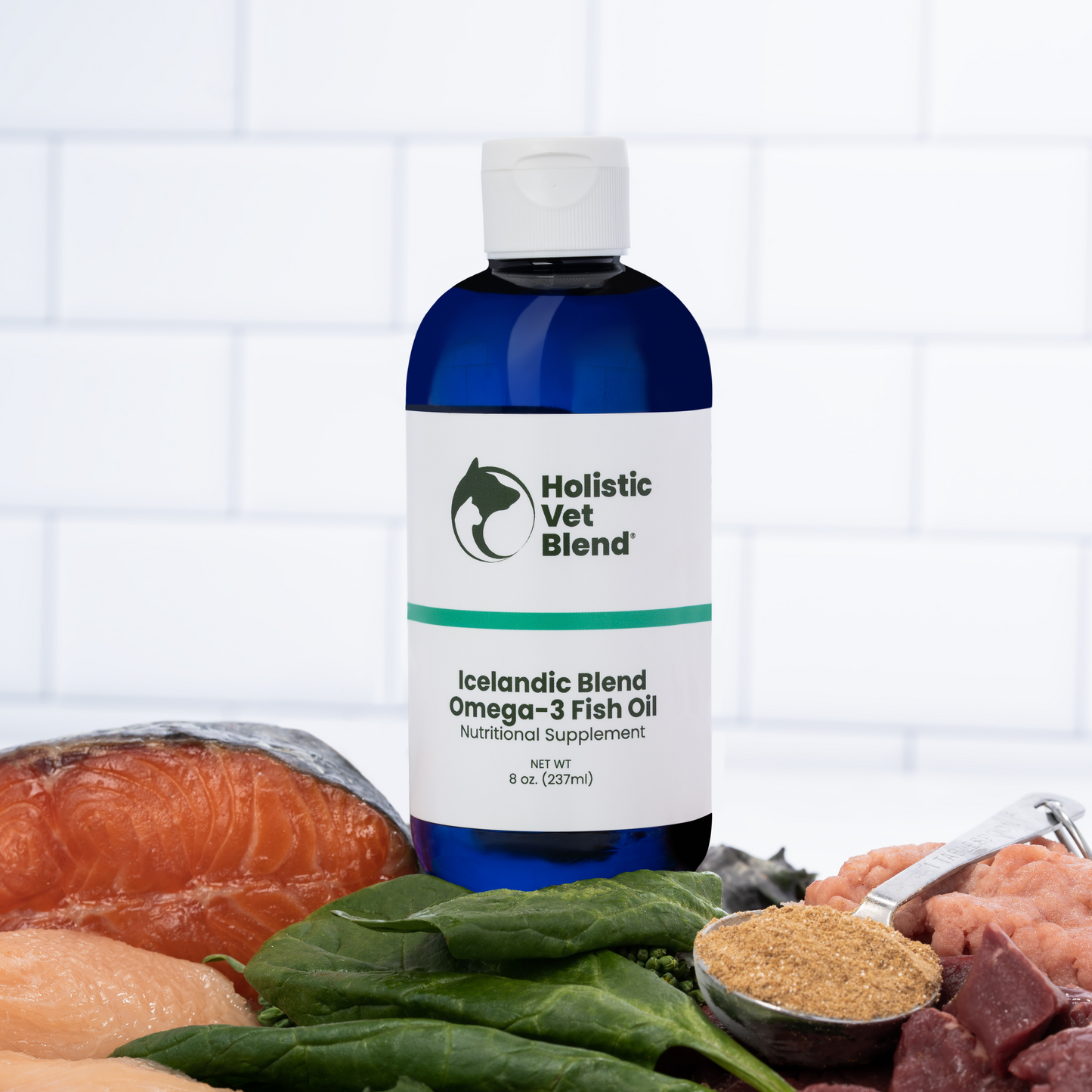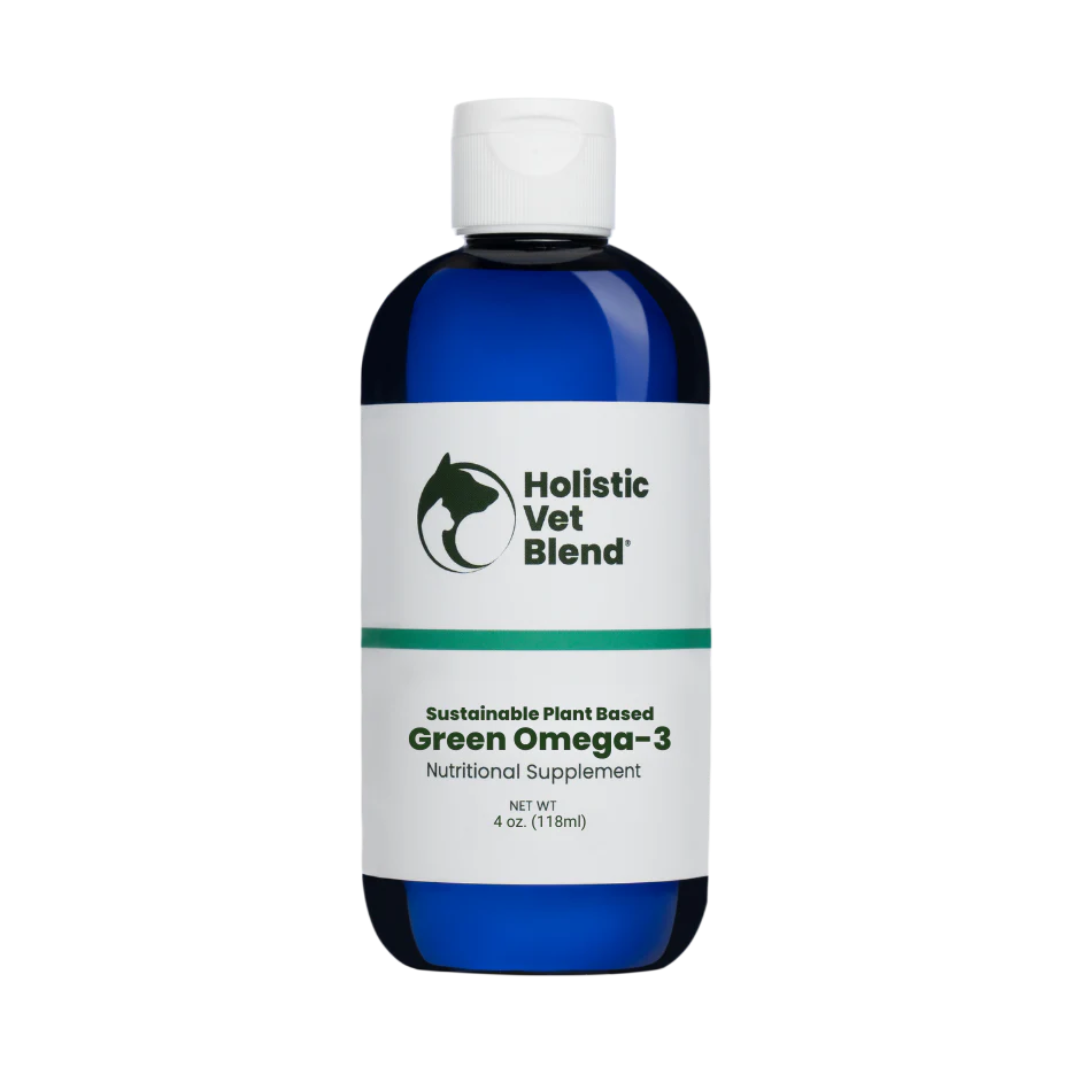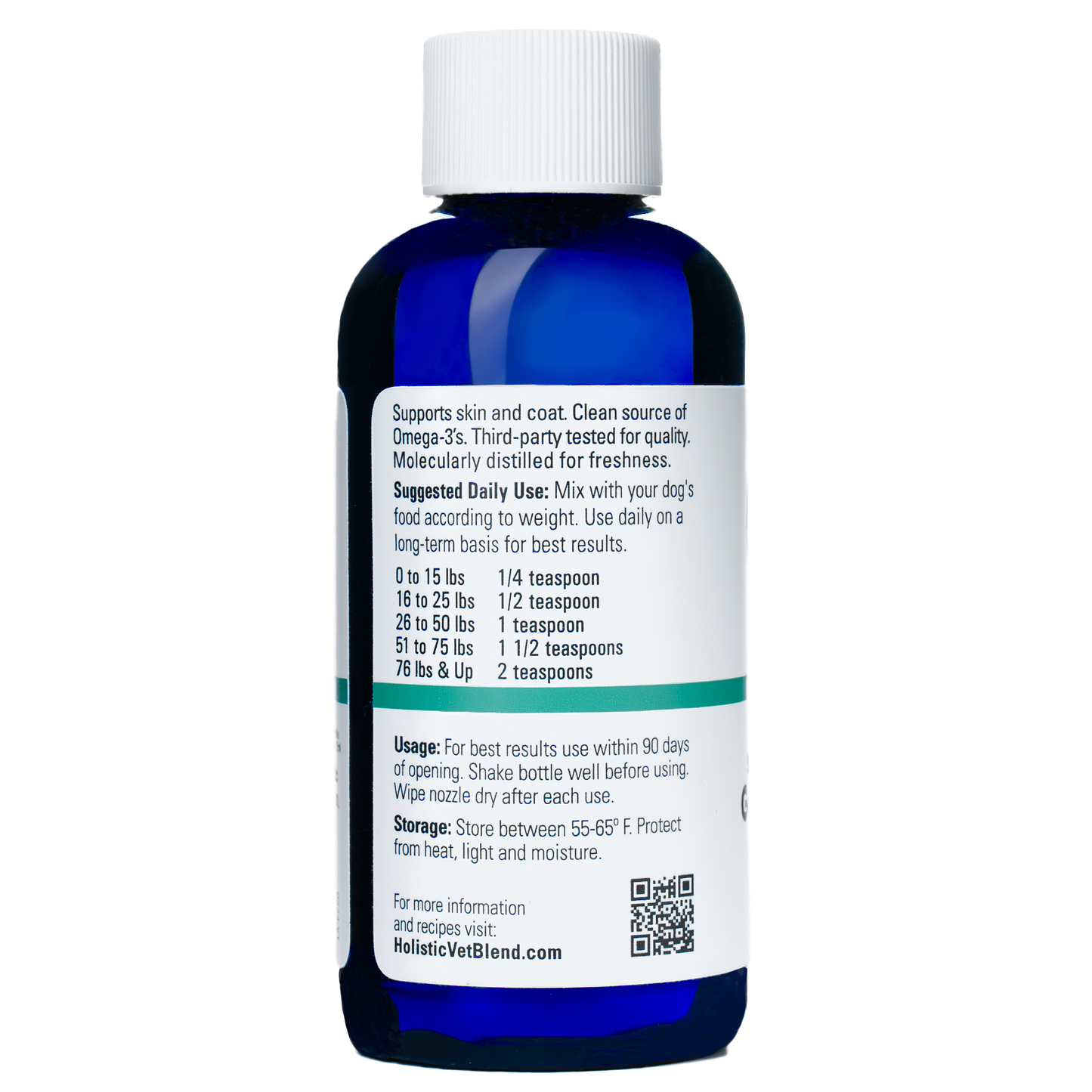
As a holistic veterinarian, I’m often asked: “Why coconut oil—aren’t cats obligate carnivores?” Fair question. Short answer: We don’t use coconut oil as a source of essential fatty acids (EFAs). We use small, measured amounts of coconut‐derived medium-chain triglycerides (MCTs) for very specific, research-supported reasons—primarily neurological support and gentle, readily usable energy—always alongside animal fats and marine omega-3s to meet species-appropriate requirements. Think of MCTs as a targeted tool in the toolbox, not the whole toolkit.
Below is a concise, evidence-based overview of fats for pets, including what coconut oil can (and cannot) do, and why we sometimes include MCTs in formulations—especially for senior brains, sensitive stomachs, and specific metabolic needs.
Key Highlights
Here are the main takeaways about using coconut oil for your cat:
- Lauric acid in coconut oil shows promise for promoting gut health, immune balance, and supporting microbial balance.
- Targeted Benefits: a ready source of energy that is easily digested and benefits metabolism and cognitive function.
- Healthy Fat: It is a ready source of beneficial medium-chain triglycerides (MCTs) that is used to complement the essential fatty acids.
“But cats are carnivores—how do they get fats in the wild?”
Great point. Cats are obligate carnivores. Coconut oil, rich in MCTs, is a readily digestible and easily accessible source of energy. We use it in small, targeted amounts—not as a primary fat source.
Feral cats derive ~46% of calories from fat by eating whole prey (mice, birds, rabbits). That prey fat naturally contains the omega-6 and omega-3 polyunsaturates (including arachidonic acid) cats need—from animals, not from plants. In our feline recipes, we rely primarily on animal fats and marine EPA/DHA for EFAs and use coconut oil as a small functional complement.
Why do we include coconut oil?
-
Function over fashion: When we include coconut-derived fats, it’s for the MCT function—not as an EFA source.
- Always paired with EFAs: Our formulations purposefully include animal fats and fish (or algal) oils to supply linoleic acid, arachidonic acid (cats), and EPA/DHA, and we monitor the omega-6:omega-3 ratio within evidence-supported ranges.
Can I substitute another oil in Holistic Vet Blend recipes that is similar?
Yes, we prefer the following oils.
- Walnut oil (Source of linoleic and alpha-linolenic acids)
- Sunflower oil
- Flax oil
- Olive oil
- Beef tallow
Benefits of Coconut Oil for Cats
1) Neurological health: “quick brain fuel”
Brains use glucose less efficiently, but can use ketones generated from MCTs. In controlled studies, aged dogs fed MCT-enriched diets (≈5.5–6.5% of the diet) showed measurable improvements in cognitive testing, which may help mitigate cognitive dysfunction, and the benefits would likely extend to senior cats.
Species-appropriate, purpose-built: Especially in senior formulas and select GI-friendly recipes, a small MCT inclusion can support brain energy and digestibility—while the animal-based fats do the evolutionary heavy lifting for our carnivores.
2) Gastrointestinal support & digestibility
Because MCTs require less work to absorb and are directed directly to the liver for processing, they can be easier to utilize in certain malabsorption states or when we want energy without heavily stimulating pancreatic secretions.
3) Skin & coat health—where they do and don’t fit
For healthy skin and glossy coats, pets need adequate EFAs—especially LA (omega-6) and appropriate EPA/DHA (omega-3).
Topically, coconut oil can act as an emollient, which can be applied to patches of hair loss. Antimicrobial effects: Lauric acid, the main fatty acid in coconut oil, has demonstrated antibacterial activity against Streptococcus mutans (a major cavity-causing bacterium in humans) and antifungal activity against Candida albicans. Laboratory studies have shown that it can reduce bacterial adherence and biofilm formation.
Coconut Oil for Cats’ Skin, Coat, and Allergies
Many pet owners have reported that coconut oil helps alleviate their cats' dry skin and other skin issues. It can reduce flakiness and help the fur achieve a nice, glossy look, but it's really the essential fatty acids in fish and algae oil that do the heavy lifting for allergies.
Metabolic energy & body composition
MCTs are rapidly oxidized and can provide efficient calories without taxing digestion- think of them as a ready fuel source.
Coconut oil for oral health
Dental application in pets: Some holistic practitioners use coconut oil as a base for homemade pet toothpaste, especially when combined with eggshell calcium powder. Eggshell calcium acts as a mild abrasive and source of bioavailable calcium, while coconut oil provides a palatable, natural base that may help suppress bacterial growth.
Here is a link to a DIY toothpaste with coconut oil.
Take-Home
Coconut oil is best used in moderation—as a functional add-on for recipes, oral care, or spot treatments on the skin—while the true potential benefits of nutritional heavy lifting for cats should come from animal fats and fish oils.
- Dogs and cats need omega-6 and omega-3 fats; cats also need arachidonic acid from animal sources.
- Coconut oil is not an EFA source; it offers MCTs that can be helpful due to it's ready access of energy for the neurological system and easily digested nature.
- In our recipes, we use small, purposeful amounts of coconut-derived MCTs alongside the animal fats and marine omega-3s that satisfy carnivore biology—much like a One Health approach to nutrition: fresh, minimally processed foods calibrated to how the body actually uses them.
Stay Connected
Want more practical, evidence-based insights on feeding pets like family? Sign up for our newsletter to get timely, holistic veterinary guidance, recipes, and research delivered straight to your inbox.
FAQ's
What are the potential risks or side effects of giving coconut oil to cats?
Giving your cat too much coconut oil may cause an upset stomach or diarrhea. Since coconut oil is calorically dense, using it on a regular basis could lead to weight gain. Therefore, we do not recommend regular supplementation.
Will coconut oil help my cat’s itchy skin?
Supplementing coconut oil doesn’t supply the essential fatty acids (like omega-6 and omega-3) that pets need for skin health. It may provide calories and a small antimicrobial effect if used topically on a small irritated patch, but for lasting skin benefits, fish oil (EPA/DHA) and balanced omega-6:omega-3 intake are far more important.
Should I be adding coconut oil to cat food every day?
Coconut oil is best reserved as a functional add-on—whether in recipes for a metabolic purpose, or as a base for brushing teeth. Overfeeding coconut oil simply adds calories and can lead to weight gain in indoor cats. It's more important to supplement with fish or algae oil as a source of essential fatty acids. The recommended dose is 1/8 teaspoon for an average cat.
Can I use coconut oil topically?
When applied sparingly to a small irritated patch of skin, a small amount of coconut oil is generally safe. The main risk comes if a cat grooms and ingests too much, which may lead to mild digestive upset. Over-application can also make the coat greasy and uncomfortable.
How do I choose a coconut oil?
Not all coconut oil is created equal. For pets, it’s best to use organic coconut oil labeled “virgin,” “cold-pressed,” and “unrefined.” These terms mean the oil has been minimally processed, preserving more of its natural compounds and potential health benefits—making it a safer, higher-quality choice for your cat or dog.
Can coconut oil help with hairballs?
There is no credible research or veterinary evidence to support the use of coconut oil as a remedy for hairballs in cats. While it may seem intuitive that adding oil could help “lubricate” the digestive tract, hairball prevention is best addressed through a nutritionally sound, species-appropriate diet and attention to gut health and mobility. Adequate fiber—both soluble and insoluble—helps move ingested hair through the gastrointestinal tract more effectively, reducing the chance of it accumulating into a hairball. Hydration, regular grooming, and maintaining healthy body weight and mobility are also essential. For some cats, targeted fiber blends or hairball-control diets have more substantial evidence of benefit than adding oils.




